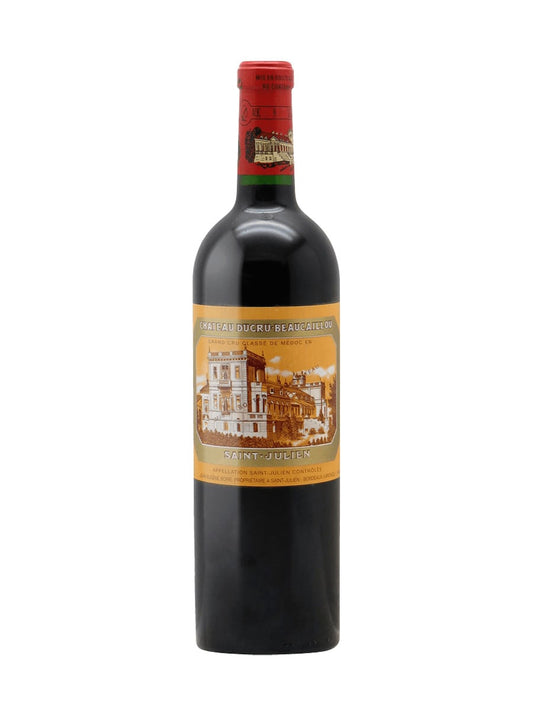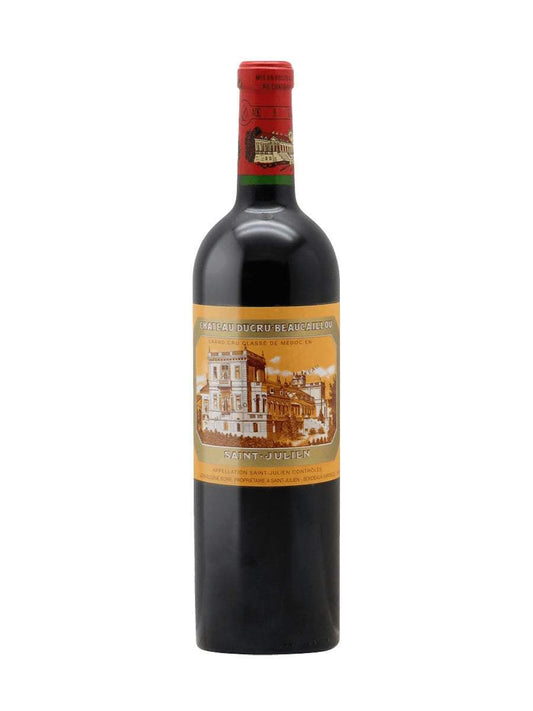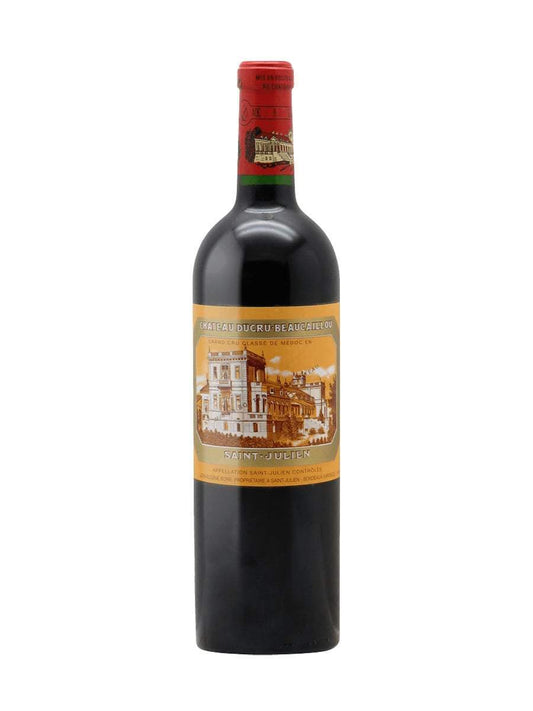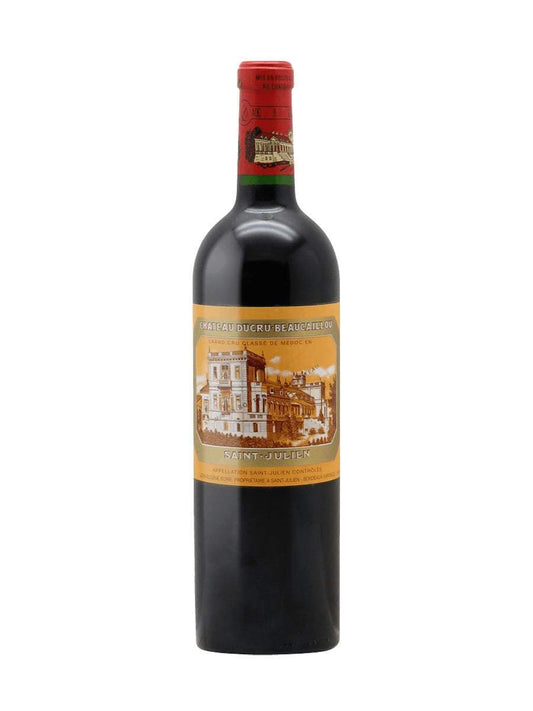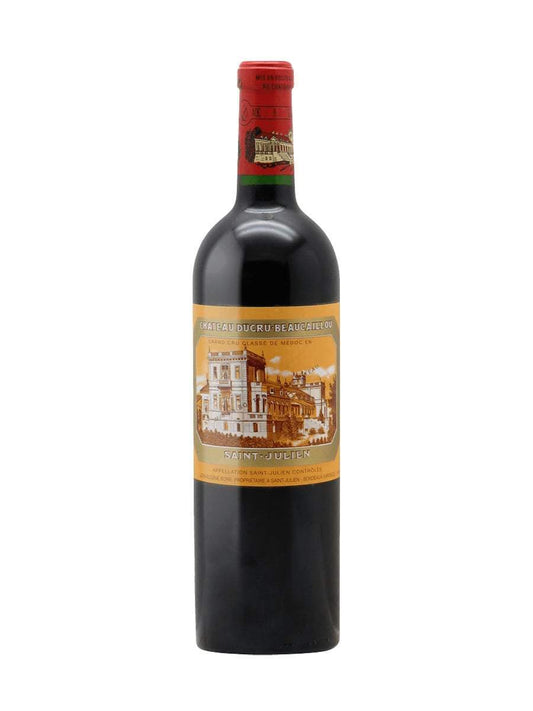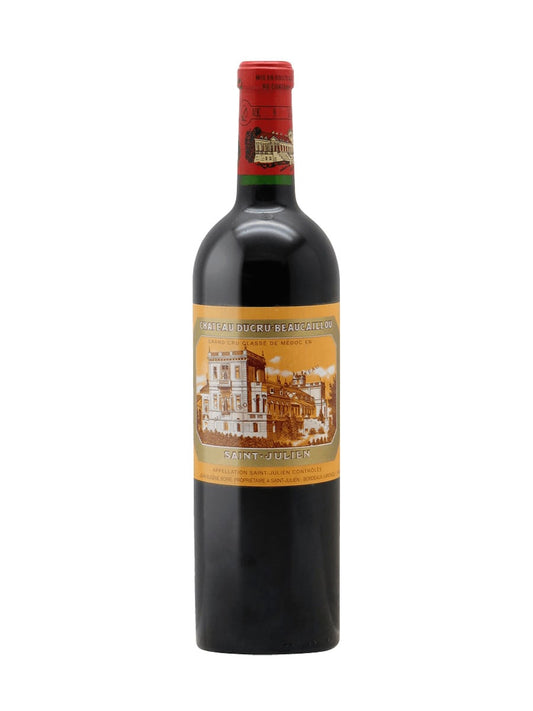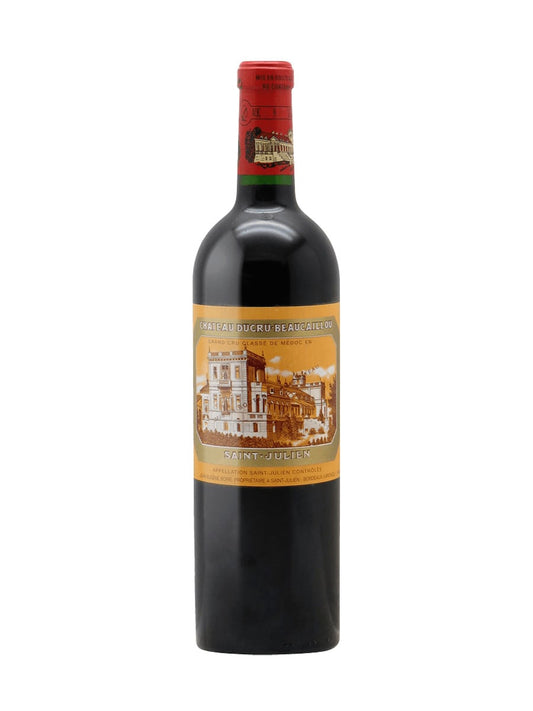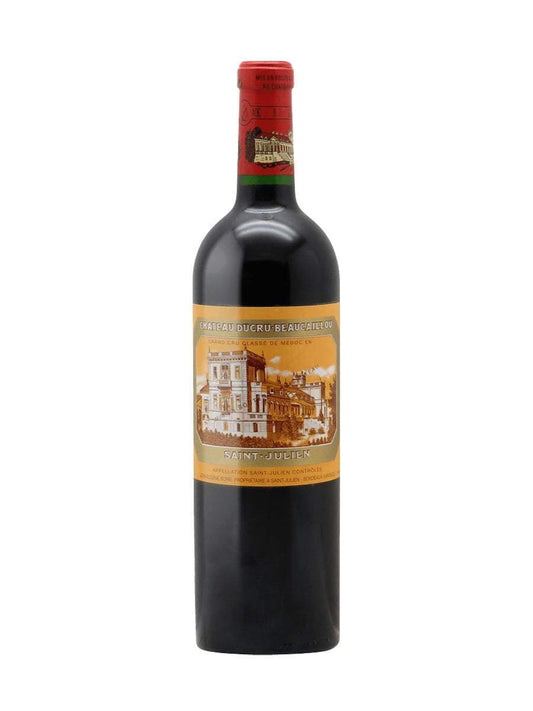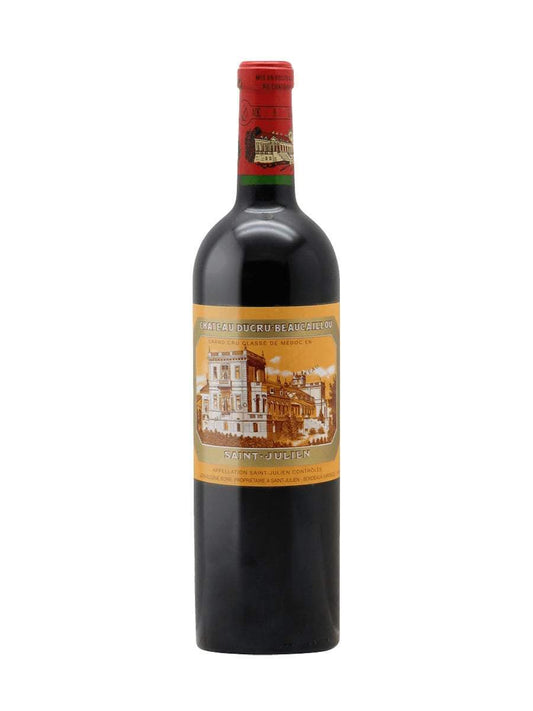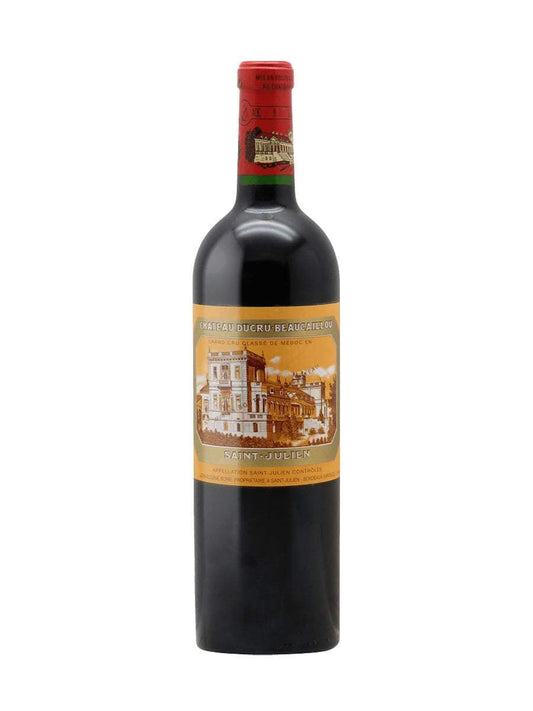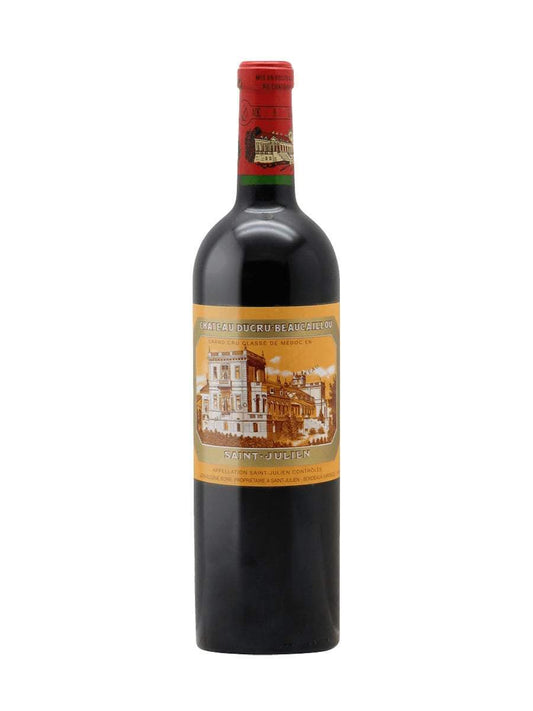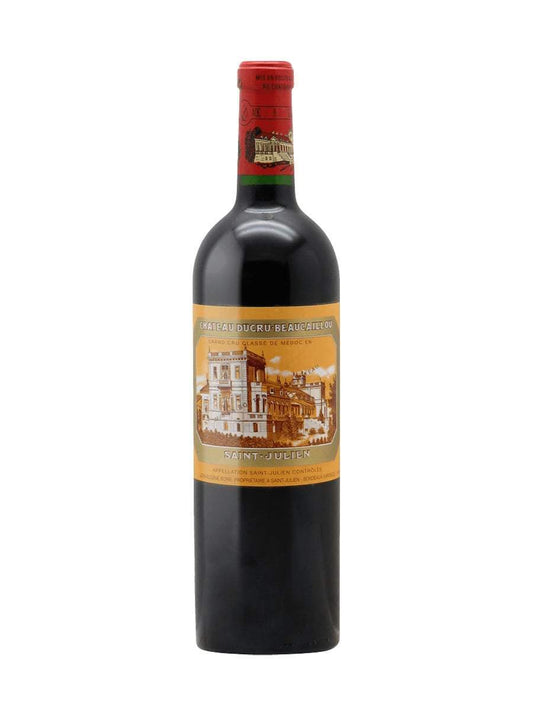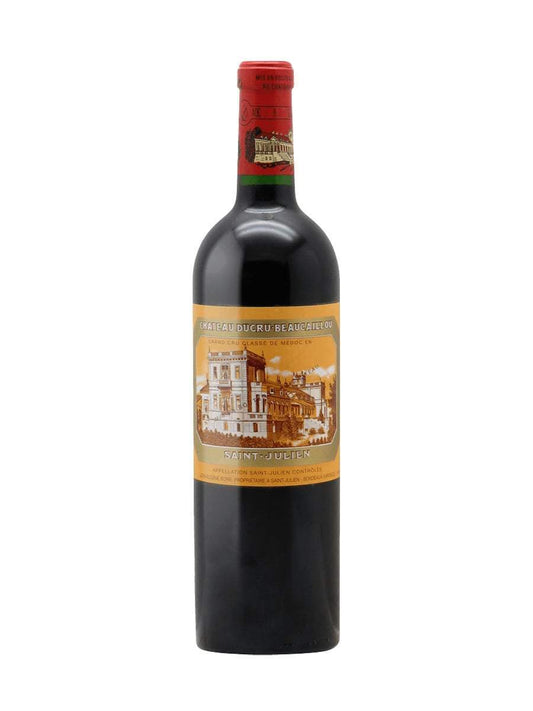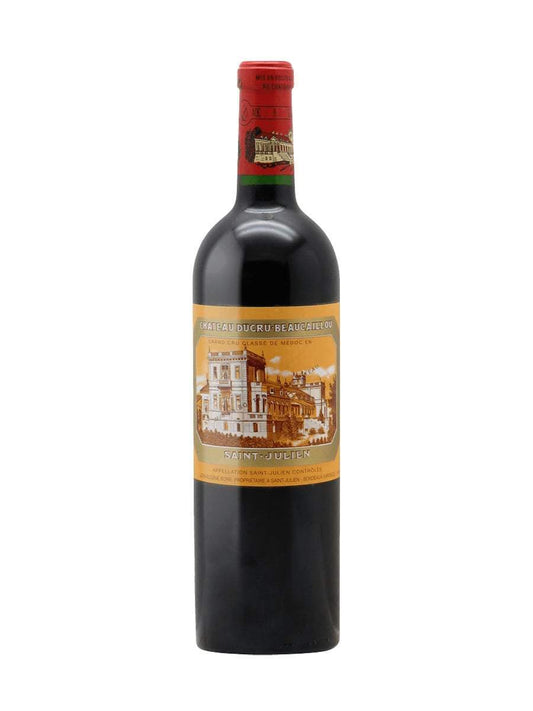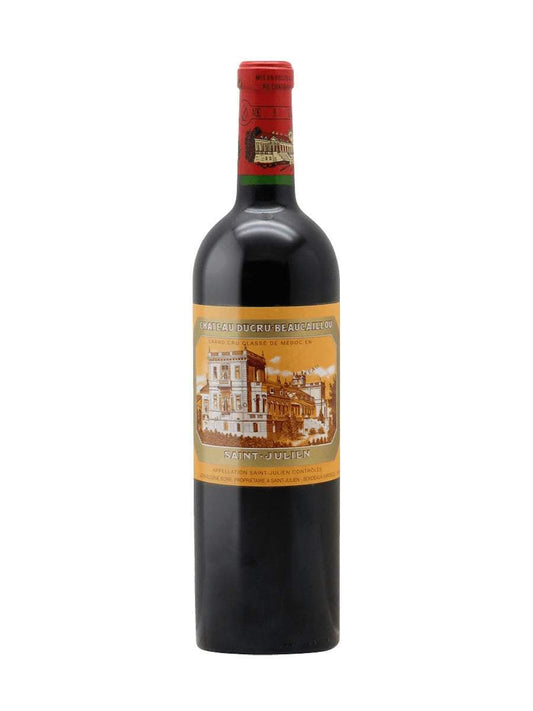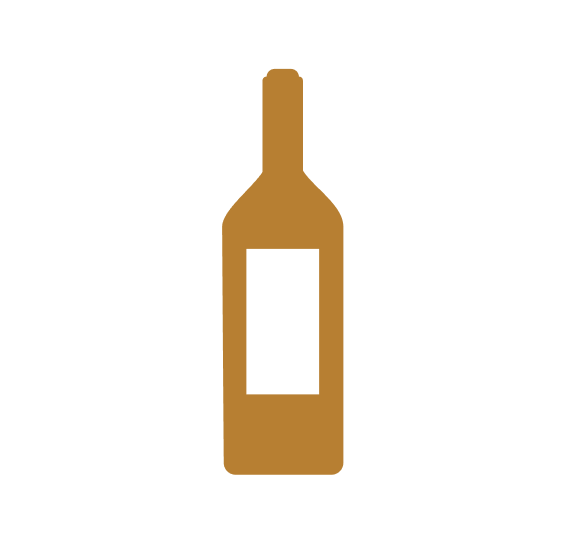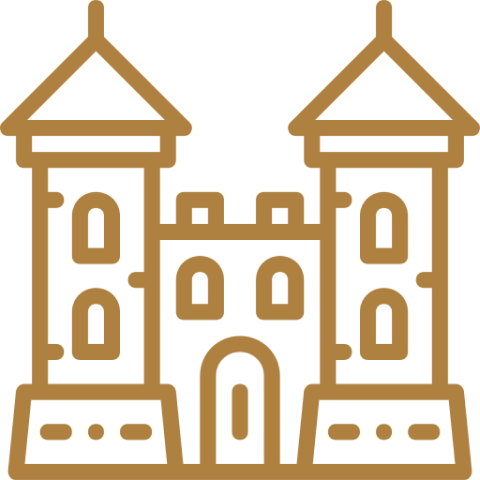CHATEAU DUCRU-BEAUCAILLOU
Château Ducru-Beaucaillou was classified as Second Grand Cru in the 1855 classification, in Saint-Julien appellation. This Château was founded more than 300 years ago. Near the Gironde estuary, it was named after its “beautiful pebbles” (“beaux cailloux” in French), gunzian gravels carried along by the Gironde more than two million years ago. The Borie family acquired it in 1941. Plus d'information
Découvrez nos millésimes CHATEAU DUCRU-BEAUCAILLOU
Chateau Ducru Beaucaillou, 300 years of history at the service of great wines
Chateau Ducru Beaucaillou, a historic Médoc estate
Chateau Ducru-beaucaillou is a historic family estate located in Saint-Julien in the Médoc. The estate has been producing wine since the 13th century, but its history goes back more...
Découvrez nos millésimes CHATEAU DUCRU-BEAUCAILLOU
Chateau Ducru Beaucaillou, 300 years of history at the service of great wines
Chateau Ducru Beaucaillou, a historic Médoc estate
Chateau Ducru-beaucaillou is a historic family estate located in Saint-Julien in the Médoc. The estate has been producing wine since the 13th century, but its history goes back more than 300 years. Since 1720, 6 prestigious families have succeeded one another: Desjean, Bergeron, Ducru, Johnston, Desbarats and Borie.
In 1795, the name of the Chateau became definitive. It comes from the eponymous Ducru family, who added the word 'beaucaillou' in homage to the great terroir, a fine ancient pebbly soil composed of Gunzian gravel and quartz pebbles dating back nearly two million years.
In 1855, the Bordeaux classification recognised the quality of Chateau Ducru-Beaucaillou and awarded it the rank of Second Grand Cru Classé.
In 1941, the Borie family acquired the 105-hectare estate. Today, the third generation of the Borie family runs the estate, with Bruno Borie a passionate and dedicated winemaker.
The dazzling setting of Chateau Ducru-Beaucaillou
Chateau Ducru-Beaucaillou stands out in the Médoc for its sumptuous architecture. Built in the 1820s at the request of Bertrand Ducru, the building was transformed in the Directoire style. This neo-classical setting blends perfectly with the symbiosis of the elements present: sky, earth, water and vines. The elevated building hugs the curves of the downward slope towards the Garonne, offering a breathtaking view of the estuary on cloudless days.
A symphony of life
The chateau boasts a marvellous five-hectare garden and park. Designed by the famous landscape architect Eugène Bühler, the kitchen garden includes a magnificent iron greenhouse and a pond. The park features 3 successive terraces decorated with statues of Greek gods and goddesses. The chateau also boasts many trees over a hundred years old: Ginkgo biloba, Magnolias Grandiflora, Atlas blue and Lebanese green cedars, Japanese red maples, Sequoias sempervirens, Liquidambars, lime trees, etc. These trees are not the only ones in the landscape; flowers, forests and pastures complete this idyllic picture. A beautiful symphony of life.
Chateau Ducru-Beaucaillou, a renowned second grand cru classé
Chateau Ducru-Beaucaillou produces a collection of prestigious wines. These wines are the result of the meticulous work of 50 employees. The work in the vineyard is extremely rigorous, with constant adaptation to the needs of each plot. The selection of grapes at harvest time is very strict, the vinification precise and the ageing long. All this work is not repeated from one year to the next; it is reinterpreted and adapted to each vintage. This meticulous approach, worthy of a goldsmith's work, sublimates the raw material and allows the terroir to express itself gracefully.
The Chateau Ducru-Beaucaillou wine collection
The chateau produces 3 complementary expressions: Le Petit Ducru, La Croix Ducru-Beaucaillou and Ducru-Beaucaillou. Le Petit Ducru is a fresh, fruity and accessible wine. It's a good introduction to the estate's signature style and a good ambassador for the Saint-Julien appellation. Next, the cuvée rises to a crescendo with La Croix, an original wine dominated by Cabernet Sauvignon. It uses the same winemaking techniques as the Grand Vin. It's a fascinating wine with a powerful, fine, silky and highly aromatic character. Another cuvée that invites you to discover the House style. Finally, the apotheosis is reached with the Grand Vin of Chateau Ducru-Beaucaillou. A wine with an intriguing bouquet, a voluptuous texture that charms on the palate, and a long-lasting finish that deeply moves you, leaving you with the memory of a memorable wine.
Saint-Julien, a terroir of great Bordeaux wines
At around 900 hectares, the Saint-Julien appellation is smaller than its famous neighbours, Saint-Estèphe, Pauillac and Margaux. However, it is home to a large number of Grands Crus Classés, 11 in all. The terroir of Chateau Ducru-Beaucaillou is ideal for growing vines. The soil, naturally poor but well-drained and rich in pebbles and gravel, favours the production of powerful, refined wines with velvety tannins and an unmistakeable character.
The decisive role of the Gironde Estuary
The proximity of the chateau to the estuary is a highly strategic position. It is one of the largest estuaries in Europe and helps to moderate the climate at key times. The ebb and flow of the two daily tides stir up large quantities of water, helping to regulate the surrounding temperatures during major heatwaves or cold spells.
The new winery: state-of-the-art vinification
Ducru-Beaucaillou has commissioned the construction of a new winery to be completed by the end of 2025. It is equipped with the latest technology: a system to cool the grapes during harvesting and intelligent wooden gravity tanks. This equipment supports all the precision work carried out by the teams, enabling them to preserve the quality and organoleptic characteristics of the grapes and to carry out fine, parcel-by-parcel vinification.
Chateau Ducru-Beaucaillou's commitment to modernity
Promoting biodiversity, supporting local projects, creating artistic collaborations and integrating artificial intelligence are all actions that represent the complex DNA of Ducru-Beaucaillou.
Sustainable development at Chateau Ducru-Beaucaillou
The estate has adopted a sustainable approach to promote biodiversity in its vineyards while reducing its environmental impact and carbon footprint. Organic fertilisers, the use of pheromones, pollination by bees, the planting of hedges and woodland, and the installation of beehives and nest boxes are all practices used at the estate.
Artistic collaboration
Bruno-Eugène Borie, an art collector, has left an indelible mark on the estate, enriching the site and the experience of visitors and enthusiasts alike. Ducru-Beaucaillou has had the immense privilege of welcoming famous artists such as Claude Viallat, Jean-Marc Bustamante, Carl André, Annette Messager, Christian Boltanski and Jean-Pierre Raynaud within its walls. Jade Jagger was commissioned to design the 'La Croix Ducru-Beaucaillou' label. Sarah Poniatowska was commissioned to decorate the historic residence.
Unprecedented collaboration in 2024
To celebrate the 300th anniversary of the estate, a spectacular auction was organised in 2024 to buy the wines of Chateau Ducru-Beaucaillou. The total value of the transactions was almost €2 million. In collaboration with Baghera Wines, exceptional vintages were offered to connoisseurs and collectors of fine wines. The auction, entitled 'Dear Peebles: The Unprecedented Collection From The Cellars of Chateau Ducru-Beaucaillou', featured legendary vintages and extraordinary formats. 80% of the lots were snapped up, including a barrel from the 2022 vintage and an 18-litre melchior from 1982.
The role of artificial intelligence in modern estate management
When it comes to managing the vineyard, AI can be used to make finer-grained decisions using sensors to gather real-time data on the health of the vines, sap circulation, the risk of frost or disease, or controlling the quantity of water. This helps to preserve the quality of the grapes right up to the harvest. Fermentation is analysed using connected vats, by measuring temperature or comparing parameters with previous years. AI is also used to manage the global community of wine collectors and enthusiasts. Thanks to advances in the generation of generic content in several languages and the creation of simple, effective videos.

